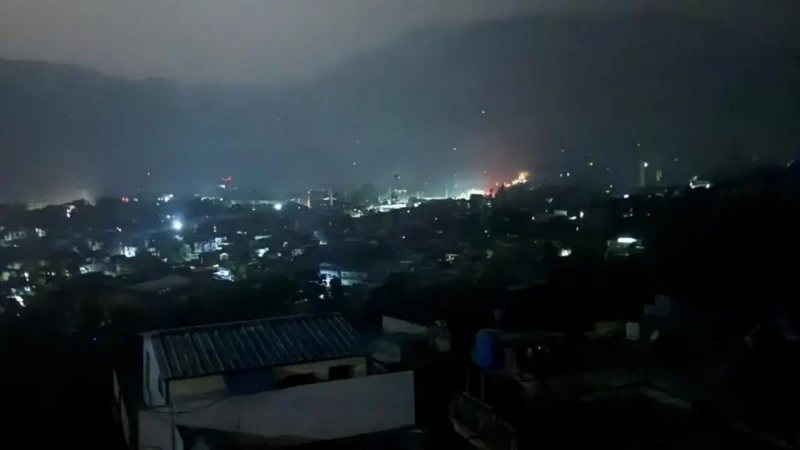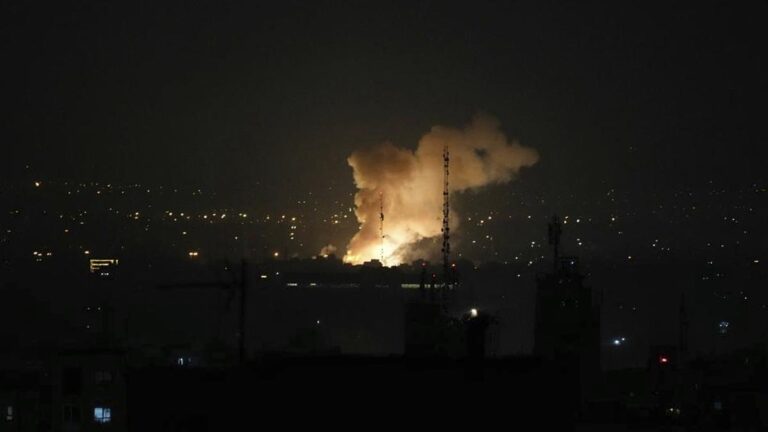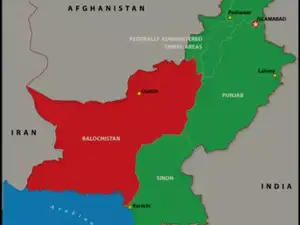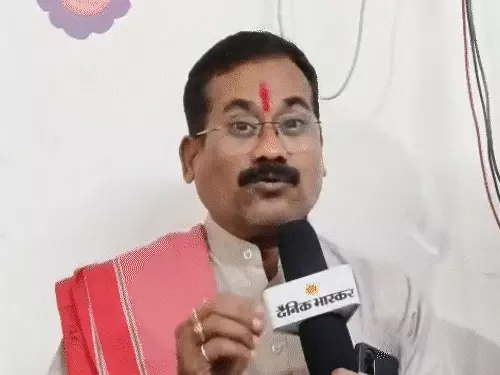
India Strike on Pakistan:Two weeks after a deadly assault on tourists in the Indian-controlled region of Kashmir, India has conducted a series of precision airstrikes on locations inside Pakistan and the Pakistan-administered part of Kashmir.
India’s Ministry of Defence has confirmed the launch of ‘Operation Sindoor’, calling it part of the nation’s resolve to ensure accountability for the 22 April attack, which resulted in the deaths of 25 Indian citizens and one Nepali national.
In response, Pakistan — which denies any involvement in the attack — has condemned the action as “unprovoked”. Prime Minister Shehbaz Sharif called the Indian strikes a “heinous act of aggression” and warned they would not go unanswered.
Where did the airstrikes occur?
According to Indian officials, airstrikes were conducted at nine separate locations across Pakistan-administered Kashmir and Pakistan proper, in the early hours of Wednesday. These were described as facilities linked to terrorism, allegedly used to plan and coordinate cross-border attacks.
India stressed that it deliberately avoided hitting any Pakistani military installations, characterizing the operation as “precise, proportionate, and non-escalatory.”
However, Pakistani authorities claimed the Indian strikes hit civilian areas, including locations in Muzaffarabad, Kotli, and Bahawalpur. Pakistan’s Defence Minister Khawaja Asif dismissed India’s claims of striking militant camps and said the actual damage occurred in non-military zones.
Ahmed Sharif, a spokesperson for Pakistan’s armed forces, told the BBC that seven people, including two children, lost their lives in the attack.
Why did India carry out the strikes?
The airstrikes follow rising tensions after the Pahalgam massacre, in which a group of gunmen attacked tourists in Kashmir on 22 April, leaving 26 people dead. Witnesses reported that Hindu men were targeted specifically, marking it as one of the deadliest civilian attacks in the region in twenty years.
Prime Minister Narendra Modi had vowed a swift and unforgiving response, promising that those behind the violence would be pursued “to the ends of the Earth”.
Although no militant group has officially been blamed yet, Indian police have claimed that two of the attackers were Pakistani nationals, accusing Islamabad of offering support to militant outfits — an accusation Pakistan denies, insisting it played no role in the incident.
In the two weeks that followed, diplomatic relations deteriorated: diplomats were expelled, visas were suspended, and border posts shut down. Many analysts had anticipated that India would retaliate with a cross-border military operation, similar to the Balakot airstrikes in 2019 after the Pulwama attack.
Why is Kashmir a point of conflict?
The region of Kashmir has long been a flashpoint between India and Pakistan. Both nations claim the territory in full, but control only parts of it since the partition in 1947, which followed their independence from British rule. Two wars have been fought between the countries over this dispute.
While the conflict previously centered around conventional warfare, in recent decades militant insurgency has emerged as the primary driver of violence. The insurgency, ongoing since 1989, has targeted both civilians and security forces in Indian-administered Kashmir.
The 22 April Pahalgam attack marks the first major strike on civilians since India revoked Article 370 in 2019, removing the region’s semi-autonomous status. Although this move initially led to unrest, it was followed by a relative decline in militant activity and an increase in tourism.
This is not the first time India has resorted to cross-border operations. In 2016, following the Uri attack which killed 19 Indian soldiers, India carried out surgical strikes across the Line of Control (LoC). And in 2019, the Pulwama bombing led to airstrikes in Balakot, deep inside Pakistani territory — triggering aerial combat between the two nations.
While those confrontations did not escalate into full-scale war, global leaders are now closely watching current developments. UN Secretary-General António Guterres has urged both countries to exercise “maximum restraint”, and US President Donald Trump expressed hope for a quick de-escalation.
Source – BBC








